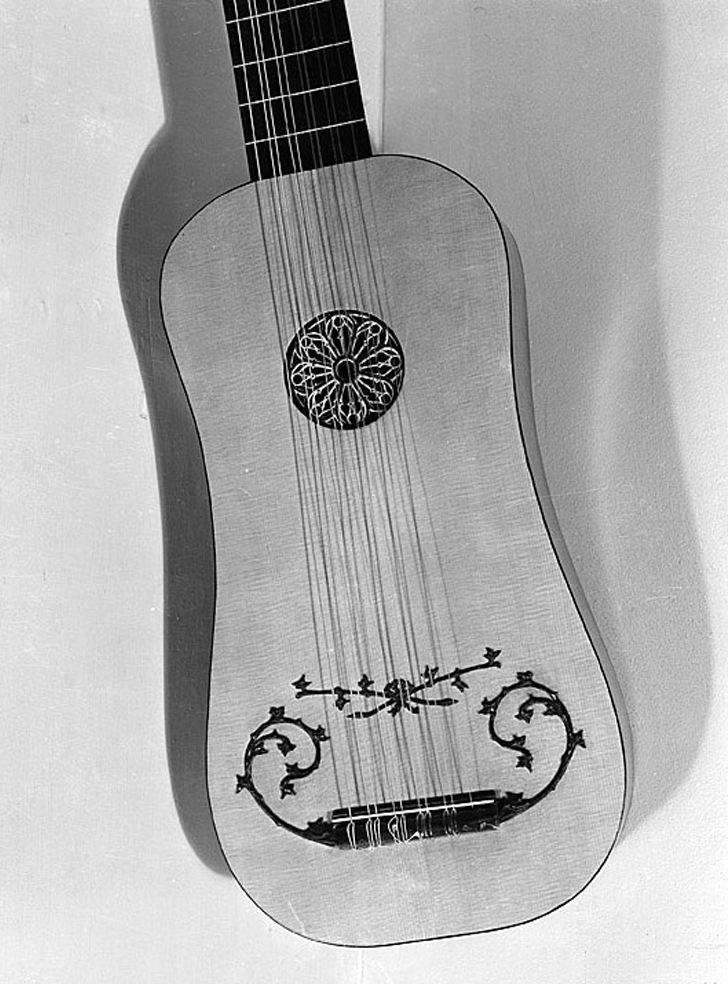Erik Visits an American Grave, Part 819
This is the grave of Kahlil George Gibran.

Born in 1922 in Boston, this Kahlil Gibran was related on both sides of his family to that Khalil Gibran, the famous Lebanese writer. His father was an immigrant woodworker and skilled carpenter. Growing up in Boston’s Chinatown, he became interested in art and design as a child. In 1940, he started college at the School of the Museum of Fine Arts in Boston. He was most talented at sculpture and was offered a full scholarship if he stuck to it. But unwilling to specialize, he chose a partial scholarship and focused more on painting. He enjoyed it and succeeded, producing painting as a prodigious rate, though not necessarily all were of the highest quality. During World War II, he was a draftsman at Harvard’s Underwater Sound Laboratory.
Gibran started showing his paintings in 1944 to generally positive reviews, with discussion of the mysticism of his art. He was shown in New York and as part of larger contemporary art shows. He moved toward magical realism by the late 40s and became part of the Provincetown art scene at the edge of Cape Cod. He also became a maker of instruments, particularly ouds and other Middle Eastern instruments and also violins. Another specialty of his was the vihuela, which is an early form of the Spanish classical guitar. He was able to raise a good bit of money this way because not only was he designing them, but the MFA in Boston hired him to restore some of their old instruments. Those carpentry skills he picked up as a child were pretty useful.
While Gibran was a respected painter, he moved more toward sculpture by his middle aged years. This became where he really made his name. He won a big award at the 1956 Boston Arts Festival for his early piece John the Baptist. Most of this work was welded sculpture, often with found materials. He remained well known for his sculptures into the 1970s. He then transitioned his art again, writing a well-received biography of his famous namesake relative. This was published in 1974 and was considered especially good because it went into such detail about the cultural life of Boston after the more famous Gibran immigrated in 1895.
By the 1980s, Gibran had moved into mixed-media works, which made sense because the guy could basically do anything, from jewelry design to photography to designing pool cues to all the other things we’ve discussed already. Later in life, he began to avoid the spotlight. He got involved in designing sculpture for Boston’s Forest Hills Cemetery, where he enjoyed walking. He had a major late life exhibition in 2007 and then died in 2008 of congestive heart failure. He was 85 years old.
I’m not really a sculpture expert so I can’t use as many words as normal for this post. But let’s look at some of his work and talk about it in comments.




Kahlil Gibran is buried at Forest Hill Cemetery, Boston, Massachusetts.
If you would like this series to visit other sculptors, you can donate to cover the required expenses here. Harold Clayton, known for his sculptures of cows displayed around Texas, is in Dallas and Jerry Gant, who came out of the New York graffiti scene in the 80s to become an important person in the revitalization of Newark through his work, is in Union, New Jersey. Previous posts in this series are archived here.


